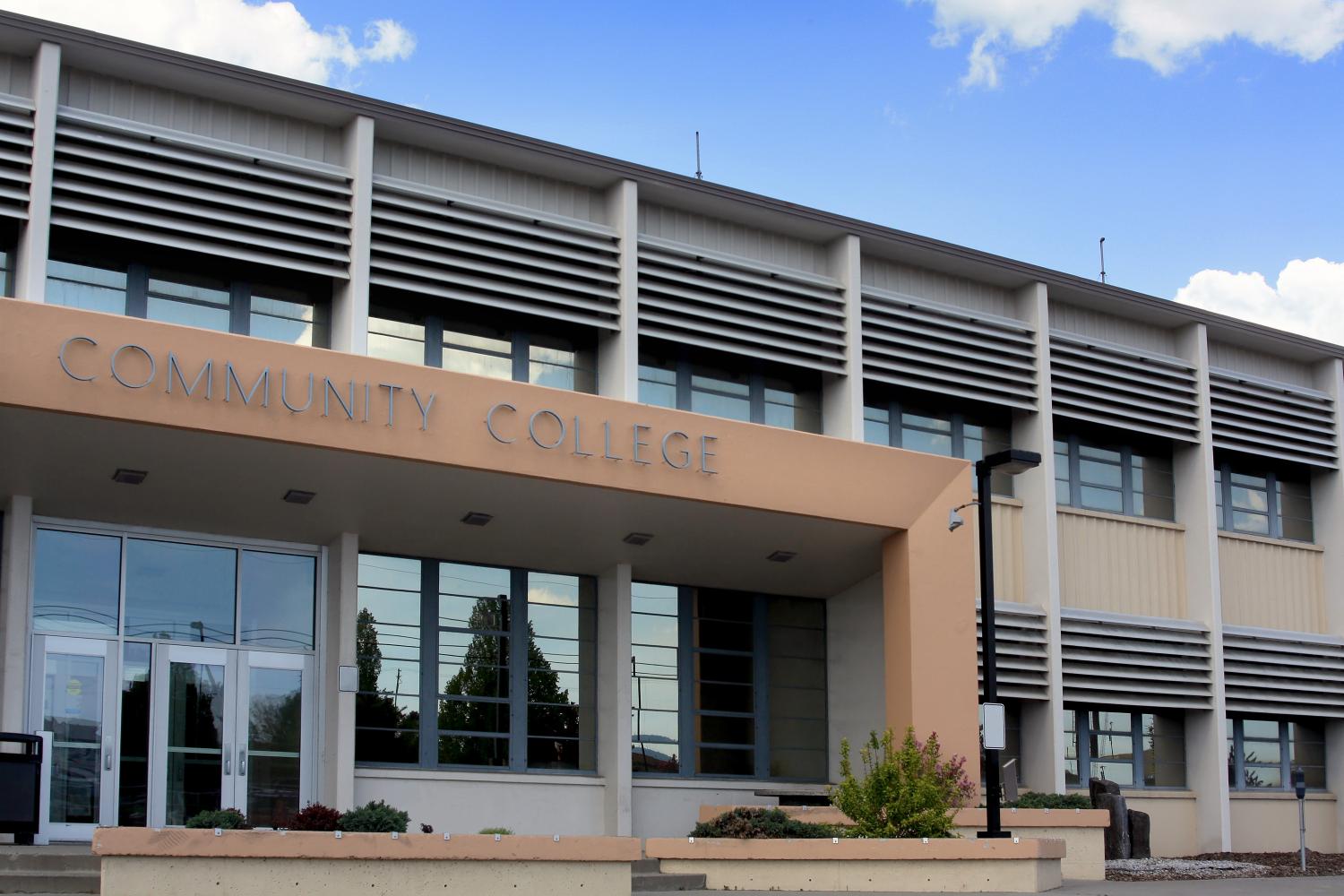Despite the pivotal role that community colleges play in providing individuals with upward economic mobility, maintaining a strong workforce, and building a vibrant 21st-century economy, research shows fewer than 40 percent of community college students earn a certificate or degree within six years of enrollment. How can we reduce the barriers facing community college students as they progress toward a postsecondary credential?
In light of this problem, a new report from Elizabeth Mann Levesque of Brookings’s Brown Center on Education Policy discusses specific structural and motivational barriers to completion, as well as strategies to address these challenges. An additional resource presents five targeted policy recommendations that lawmakers should adopt to help solve the community college completion puzzle.
Structural barriers and policy recommendations
Structural barriers related to the traditional “cafeteria-style” structure of community colleges prevent students from reaching their goals. In cafeteria-style colleges, students select courses from a wide range of options with little understanding of how to progress toward a degree. In this context, unclear academic and career pathways and too few and/or misaligned student support resources make it difficult for students to complete degrees.
To reduce these structural barriers, Levesque argues that community colleges should implement a guided pathways approach. This approach features clearly structured academic programs with coherent trajectories and extensive academic and career advising supports, which have been shown to reduce structural barriers resulting from traditional community college models. A MDRC evaluation of the City University of New York’s Accelerated Study in Associate Programs, perhaps the most high-profile success story of a guided pathways approach, found that students in the program earned more credits, completed degrees faster, and transferred to four-year institutions at a higher rate than students in the control group. The study also found that the cost of services per graduate was actually lower than traditional programs because the graduation rate was so much higher. Section 2 of the full report and the policy recommendations resource contain additional strategies to reduce structural barriers that students face.
Motivational barriers and promising interventions
Particularly in cafeteria-style colleges, it can be difficult for students to identify connections between their coursework and their own lives and future goals. This motivational barrier may contribute to low community college completion rates. Indeed, research in the field of psychology indicates that a motivation barrier can occur if students do not believe they can succeed, do not perceive value in a particular behavior, or have insufficient time or resources to engage in the behavior. The structure of community colleges may exacerbate this type of motivational barrier. Without things like adequate advising resources and a coherent course of study, students may enroll in courses that have little relevance to their career goals.
To combat motivational barriers, the report recommends implementing expectancy value (EV) interventions. These interventions prompt students to connect their coursework to their lives. For example, an EV intervention asked students to write a two-page letter to a significant person in their life describing the relevance of a topic they were studying in a psychology course. This intervention increased students’ interest in the field of psychology and improved academic performance in the course. Given this evidence of efficacy in college settings, Levesque argues that instructors should adopt EV interventions to help students identify the relevance between their coursework and their lives. Addressing structural barriers could further facilitate effective incorporation of EV interventions into multiple aspects of students’ community college experiences, including the orientation process and student advising.
5 key takeaways
Based on the evidence discussed at length in the report, Levesque suggests five policy recommendations designed to improve completion rates and to help community colleges reach their full potential:
- Address both structural and motivational barriers to community college completion.
- Apply lessons from the CUNY ASAP model and the guided pathways approach to address structural barriers.
- Leverage emerging technologies, such as artificial intelligence, to reduce structural barriers, particularly in the context of student support services.
- Pilot and evaluate expectancy value interventions to address motivational barriers.
- Evaluate innovative efforts and disseminate information about how well a program works and how to implement effective reforms. Research-practice partnerships may be particularly valuable in developing, implementing, and evaluating guided pathways reforms.
For more, read the full report and the related policy recommendations.
Hana Dai contributed to this blog post.
The Brookings Institution is committed to quality, independence, and impact.
We are supported by a diverse array of funders. In line with our values and policies, each Brookings publication represents the sole views of its author(s).







